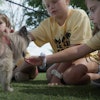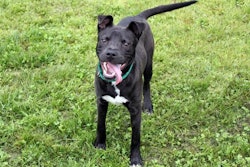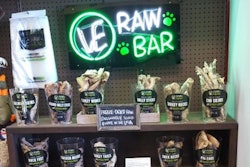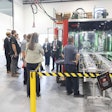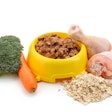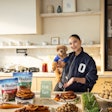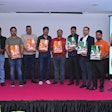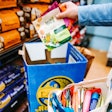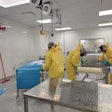
Nestlé Purina opened a pet food factory in Brazil with a price tag of 270 million-real (US$86 million). The new Purina site in Ribeirão Preto will make wet food for cats and dogs from the Friskies, Cat Chow, Pro Plan and Dog Chow ranges.
Laurent Freixe, Nestlé executive vice president and head of the zone Americas, took part in the opening. He noted that the new factory underlines Nestlé’s confidence in Brazil and in Latin America.
Nestlé’s investment will generate around 80 new direct jobs and a further 400 indirect jobs, and meet expected rising demand for pet food in Brazil and the region, according to a press release.
The facility also minimizes environmental impact in line with Nestlé’s commitment to environmental sustainability. It will send zero solid waste to landfills, uses sunlight and LED lamps, and a thermal energy recovery system.
Dry pet food production in Brazil
Worldwide production of dry pet food reached nearly 25 million metric tons (MMT) in 2016, rising a healthy 10.6 percent over 2015 production, according to Alltech’s Global Feed Survey 2017, reported Petfood Industry. Dry pet food production is particularly increasing in developing markets and regions of the world.
Brazil, the second largest dry pet food producer globally, and Mexico enjoyed increases: 2.9 and 2.2 percent, respectively, with volumes of 2.5 and 0.92 MMT, according to Alltech’s data. The US – the largest dry pet food producing country by far, at 8.085 MMT – saw a 4.3 percent decline, and Italy declined by 21 percent (to 0.6 MMT).
